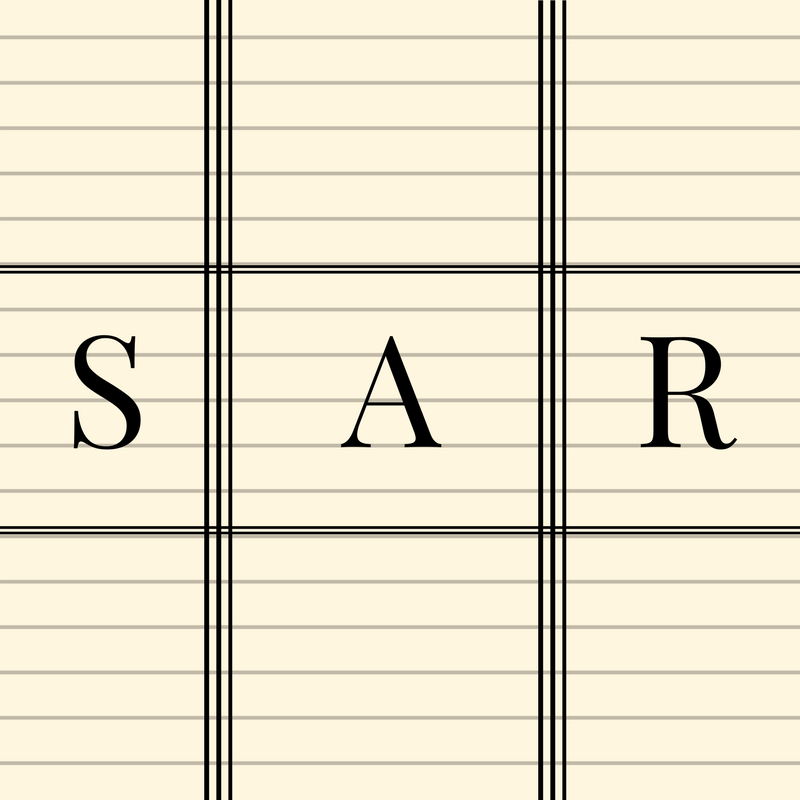
Flickr user krhawlings
When searching for colleges, the cost is almost always one of the biggest concerns. Attending college is growing more and more expensive, but it’s also more important than ever to have a college degree. Luckily there are many different ways to pay for college that doesn’t solely rely on out-of-pocket funding: scholarships, grants, loans, and work studies which can be available from your school, the state, the federal government, or private sources.
Here we will break down the different types of student financial aid and the different sources of funding.
How Does Financial Aid Work?
There are two main categories of student financial aid: need-based and merit-based.
- Need-based aid is determined by a family’s demonstrated ability to pay for college. It is offered only by the federal government and the amount is calculated using details provided on the FAFSA (Free Application for Federal Student Aid).
- Merit aid, on the other hand, is awarded to students as recognition of an athletic, academic, or extracurricular accomplishment. This form of financial aid is funded by institutions, colleges, or private organizations. Financial need is not taken into consideration when awarding this type of aid.
The maximum aid a student receives is limited by federal, state, and institutional guidelines.
Here’s a look at the features and pros and cons of the different types of student financial aid.
Types of Financial Aid for Students
1. Scholarships
By far and away the most common form of student financial aid, scholarships are essentially gift money that does not have to be paid back. This is ideal for students, because it does not accumulate debt for them.
Merit scholarships award students who meet certain requirements set forth by the sponsor. This could be as simple as having a GPA of 3.0 or higher or it could ask you to demonstrate how you gave back to your community. Other scholarships can be student-specific, like being a member of a certain religion, being of a specific race, or living in a certain locale. Need-based scholarships are awarded to students who demonstrate financial need, and who could not otherwise attend the college due to financial restrictions.
Students can find scholarships they qualify for by talking to their guidance counselor, signing up for scholarship databases, or searching online. It’s important to always read qualifications when it comes to awards to make sure you’re applying to ones you actually qualify for and aren’t wasting your time.
Scholarships are most often awarded by colleges, universities, and private sources including companies, religious organizations, and even families.
2. Grants
Offered by the federal government and some individual institutions, grants are another form of aid that do not have to be repaid. Like scholarships, need-based, merit-based, and student-specific grants exist. Grants are highly competitive and sought after.
Though sometimes used interchangeably with “scholarships,” grants are not entirely the same. Scholarships are typically merit-based, while grants tend to be need-based. This means most grants are related to the student’s financial situation at home.
While most grants do not have to be paid back, some come with stipulations, such as maintaining a certain GPA or completing work throughout the semester. Failing to meet these requirements could mean you have to pay back the grant. This, however, is rare and usually only for very specific grants.
3. Loans
Unlike scholarships and grants, loans have to be repaid. The average bachelor’s degree-seeking college student will borrow about $35,000 to pay for their college education. Of the 1.8 million students who graduate with bachelor’s degrees every single year, 1.28 million of them graduate with student loan debt. Yikes.
Loans are often a necessary, but stress-inducing form of financial aid. They can come from the federal government or private sources. Federal loans come in two forms: subsidized (the government pays the interest while you’re in school) and subsidized (where the student is entirely financially responsible).
Private loans come from private banks and credit unions. They are often used in conjunction with the aid the student receives from the government. These are largely dependent on the student’s credit score and financial habits; they could even require a co-signer. Private loans are usually a last resort source for financial aid.
4. Work Study
Work study is essentially what its name implies–a student works while they study at college.
The federal government typically sponsors a work study program usually in conjunction with the school. The student can work on or off-campus and their payment goes towards tuition, room and board, or other college expenses. Pay and work can vary, though it is usually a university-based position, hopefully in the student’s interest of study. Positions can range from working in the library to preparing materials for art classes.
These jobs, however, can fill up quickly. If you are approved for the work study program at your school and are interested in participating, it’s important to jump on it as soon as possible as the most desirable jobs will be gone fast.
For a student, definitely put time, effort, and dedication into researching student financial aid. And make sure to understand the application processes. Weigh the pros and cons, explore every option, and make plenty of backup plans.
3 Tips For Maximizing Your Financial Aid
- Start by searching for scholarships and applying to all opportunities that you qualify for. It’s free money and there’s no limit to the number of scholarships you can apply for or the amount of reward money you can win.
- Make a note of when the FAFSA opens for the academic year and the closing date. The FAFSA usually opens on October 1 and closes on June 30 the following year. Submit your application as close to the opening date as possible. Federal aid is given out on a first-come-first-served basis and a limited amount is allocated towards student financial aid every year. The earlier you apply, the better your chances of winning the maximum aid you’re entitled to.
- If you think you may be eligible for federal grants, keep all necessary documentation handy to demonstrate financial need. Grants can help lower your overall student debt as they do not attract interest and do not have to be given back either.
Use our scholarship search tool today to get you started.






